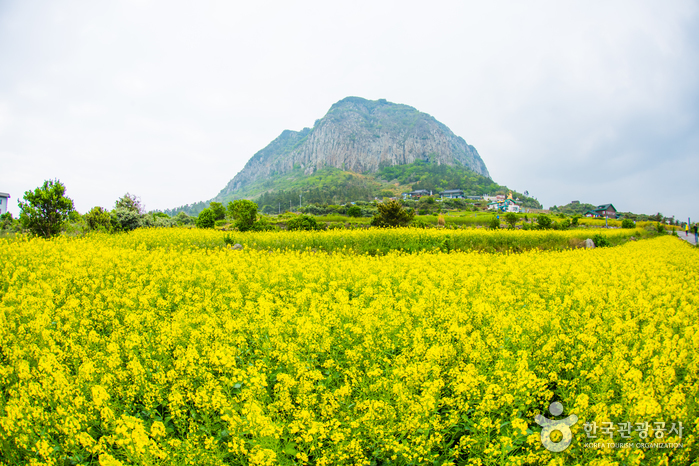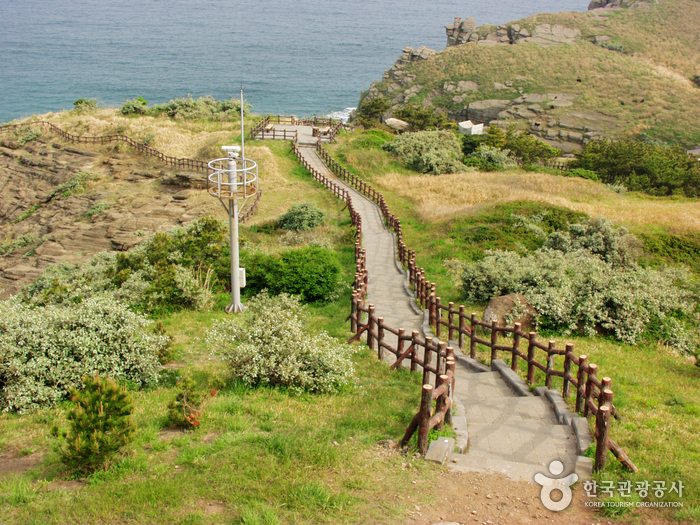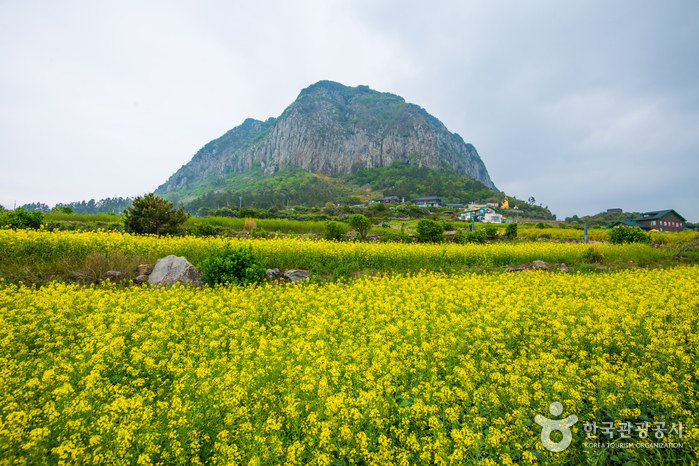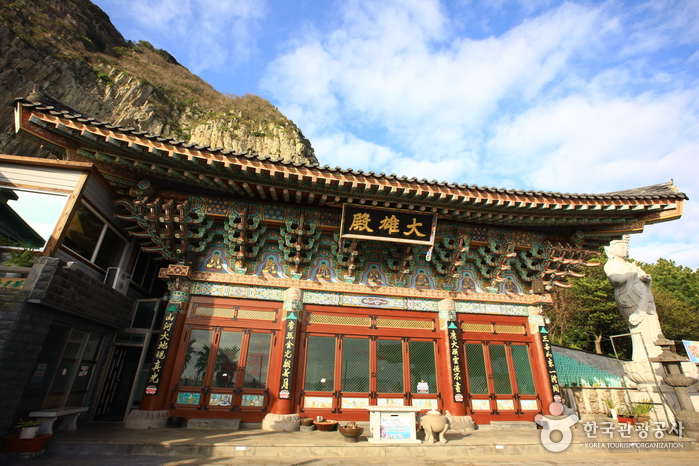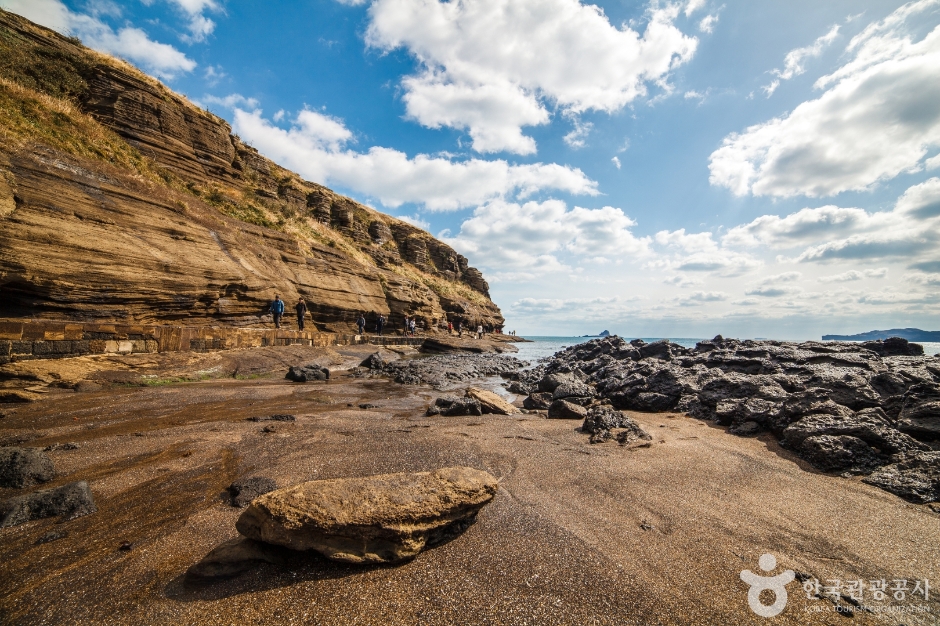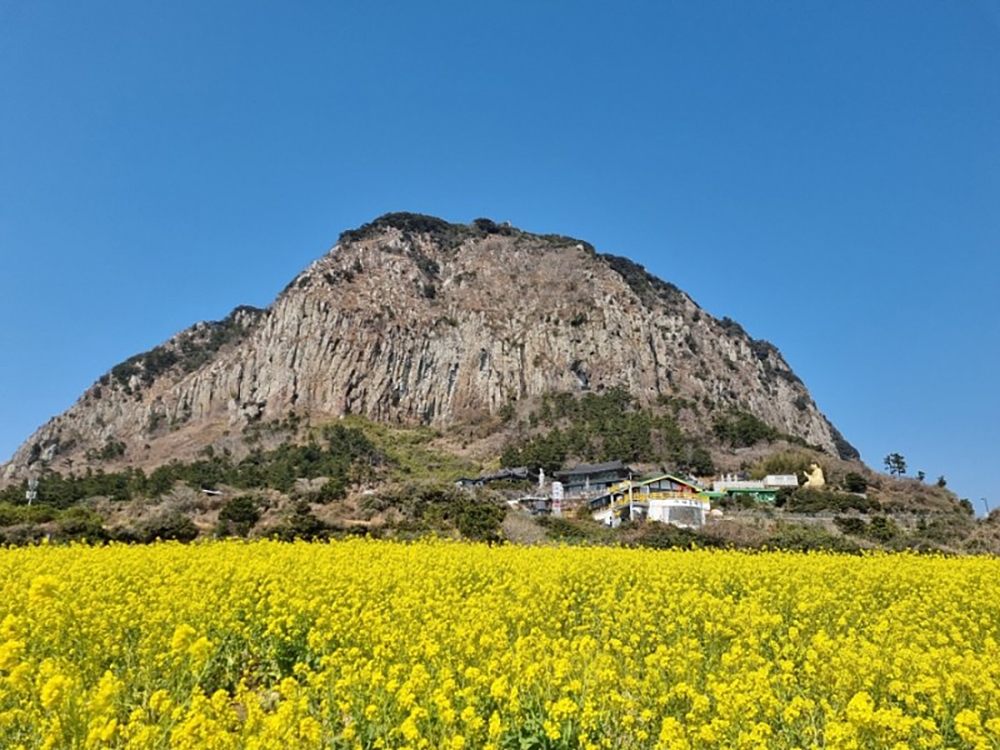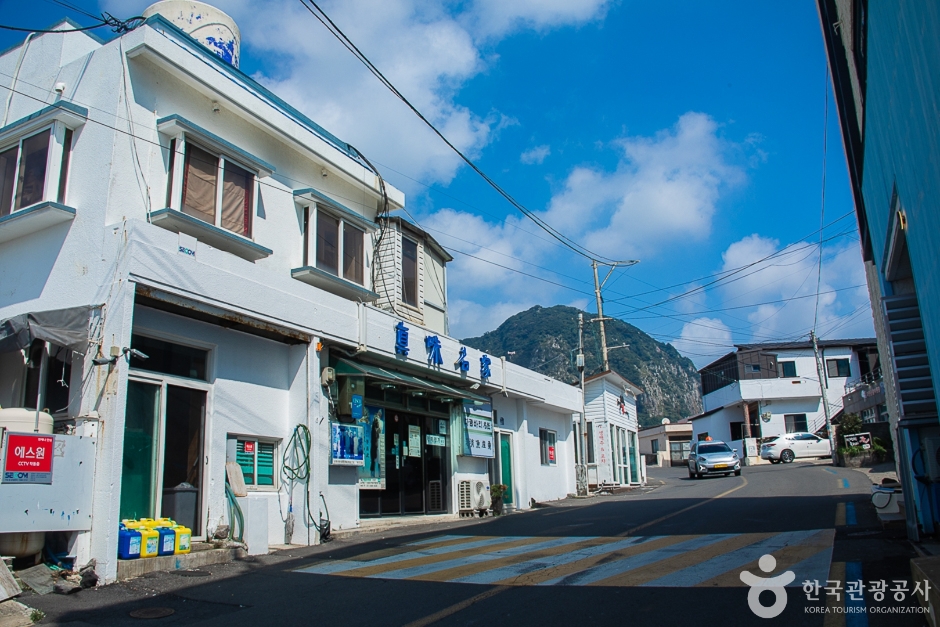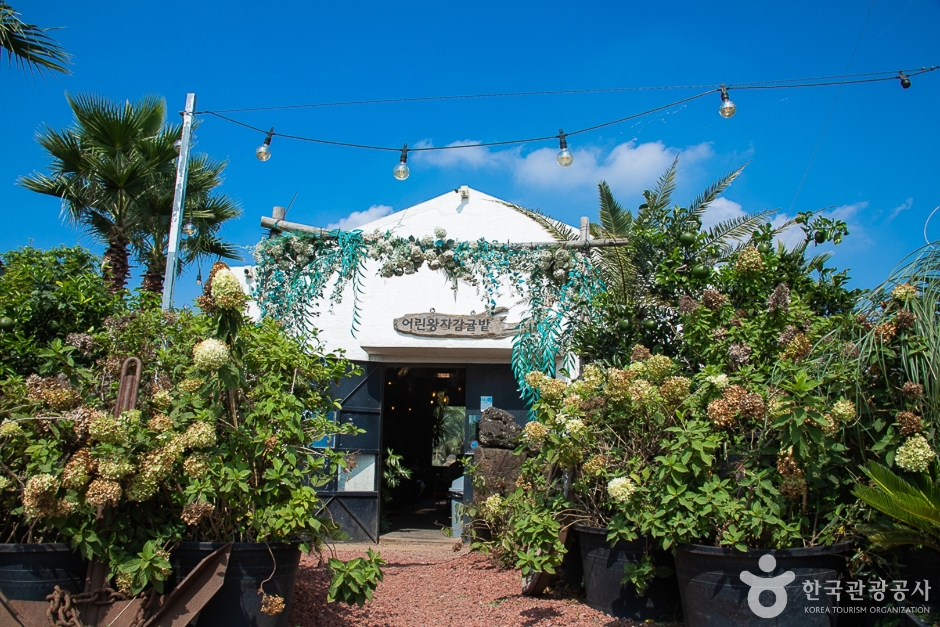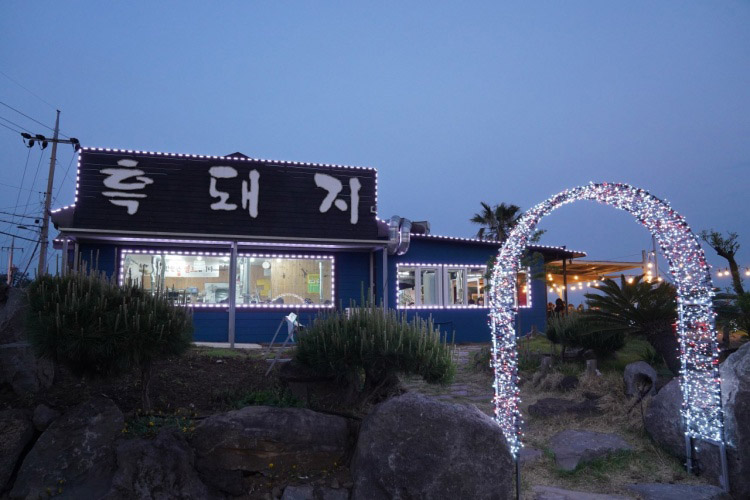Sanbangsan Mountain (Jeju)
산방산(제주)
📍 Andeok-myeon, Seogwipo-si, Jeju-do
Introduction
Sanbangsan Mountain, meaning "mountain with a cave," is home to Sanbanggulsa Temple, a small temple located at the foot of the mountain where a Buddha statue is enshrined. According to Jeju mythology, it is said that the grandmother deity, Seolmundae Halmang, tossed aside a rock from Hallasan's summit, forming this mountain. Standing at 395 meters above sea level on the southwestern coast of Jeju Island, Sanbangsan Mountain boasts vibrant fields of mustard flowers in spring, creating a picturesque view against the backdrop of the mountain.
Telephone
Homepage
🗺 Location
Andeok-myeon, Seogwipo-si, Jeju-do
✏ Details
Restrooms
Available
🔎 Information
Inquiries
+82-64-794-2940
Parking Facility
Available
Closed
N/A (Open all year round)
Opening Hours
09:00-18:00
Experience Guide
Free
